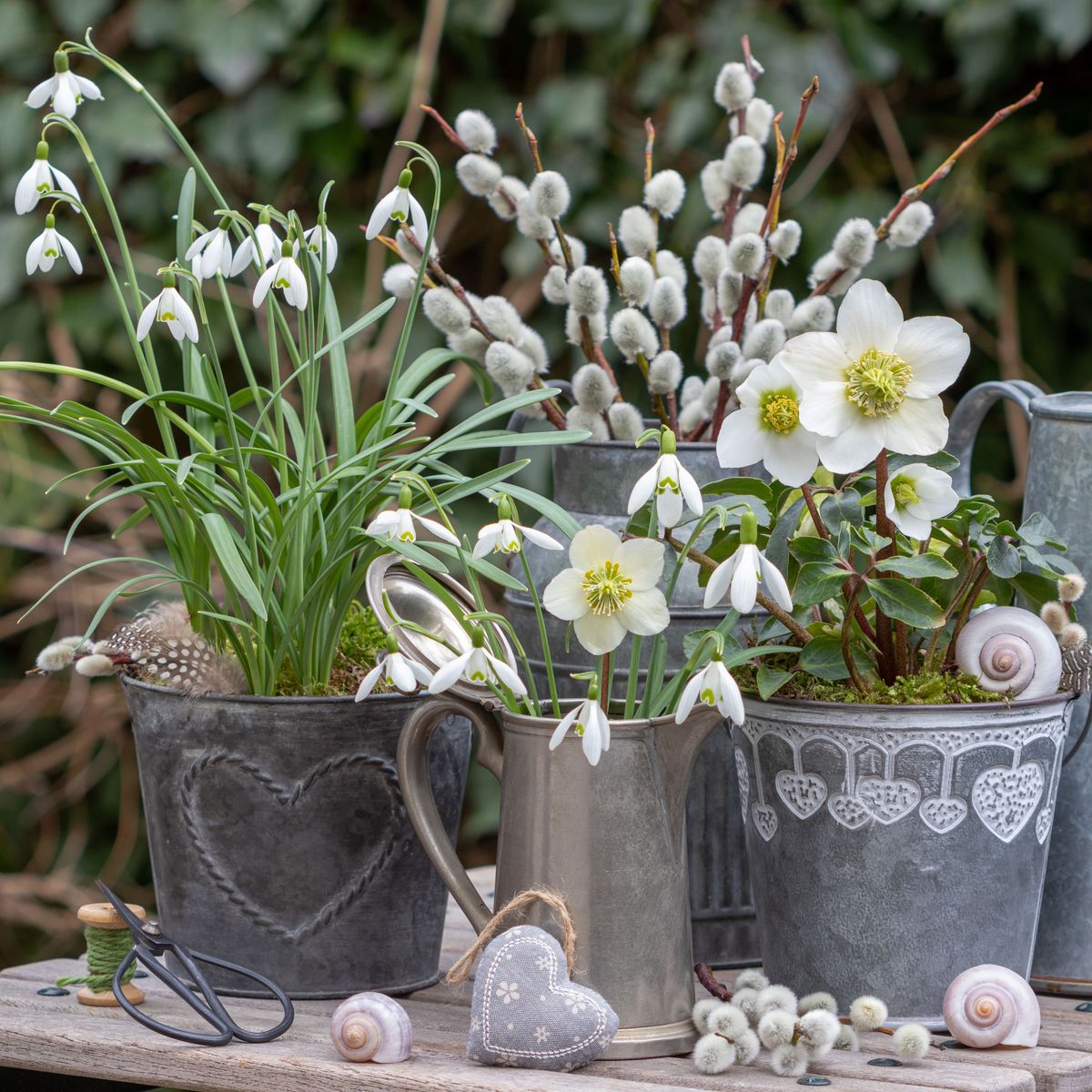Many people have concerns about whether bromeliad plants are poisonous to cats. We’re here to help answer this question.
Bromeliad is an indoor plant, popular for its unique foliage, resilience, adaptability, and easy maintenance. In addition, Bromeliads can give your room a tropical feel with bright colors and odd textures.
There are hundreds of genera in the Bromeliaceae family and thousands of species classified as bromeliad – monocot angiosperm (flowering).
They’re also a popular choice because they can grow terrestrially (in soil), saxicolous (attached to rocks), or epiphytic (in the air).
For people whose felines like to dig in potted plants, bromeliads offer luscious, bright flowers without the mess of dirt.
Details on Bromeliad Plant Care here
Is the Bromeliad Plant Poisonous or Toxic?
Although many species classify as bromeliad, none of them are poisonous or toxic to humans, cats, dogs, or other common indoor pets.
The ASPCA (American Society for the Prevention of Cruelty to Animals) includes bromeliad plants on their non-toxic list.
What Parts of the Bromeliad Plant Are Poisonous or Toxic?
No part of the Bromeliad plant is poisonous to cats, but these plants are toxic to cats. That said, if your cat consumes the leaves, flowers, seeds, sap, or roots of this plant, they may experience some digestion distress.
Your feline may end up with mild discomfort in the stomach, vomiting, or diarrhea. In most cases, the symptoms will pass once the plant clears from the cat’s body. It’s just the body’s reaction to unfamiliar food.
But, if symptoms persist or get worse, you may want to consult a veterinarian to ensure your feline doesn’t have an allergic reaction.
Although the plant itself is not poisonous, that does not mean it is safe to let your cats, dogs, or kids snack on indoor house plants.
Many growers use fertilizers on their plants to promote better growth. Unfortunately, these fertilizers can contain harmful chemicals that pose a danger.
The fertilizers used on plants like bromeliad usually contain concentrations of potassium (K), phosphorus (P), and nitrogen (N). These read as NPK (or variation) and have a number that defines the concentration (30-10-10 NPK equals 30 portions N to equal 10 parts P and K).
There are also copper, zinc, iron, manganese, cobalt, boron, and molybdenum. Large doses of these ingredients can cause poisoning to your cats. Low doses can cause digestive issues.
What Are the Symptoms of Poisoning?
Although your cat should be fine if it consumes a bromeliad plant, that may not be the case with other flower types.
It helps to know the symptoms of plant poisoning in cats so you can identify the problem if it occurs. Cats who are experiencing poisoning may have any of these symptoms:
- Vomiting
- Diarrhea
- Difficulty breathing
- Salivation (drooling)
- Twitches
- Swelling of skin or body
- Lethargy
- Loss of appetite
- Decreased energy
- Increased urination
- Increased thirst
If you have concerns your feline is showing these symptoms, call the Poison Control Center to find out what to do. The best Poison Hotline for pet poisonings is the ASPCA Poison Control. You can reach them by phone at 888-426-4435.
For severe or long-lasting symptoms, take your cat to the vet. If you can’t get in with your regular doctor, consider an emergency pet clinic.
How to Protect Yourself While Handling the Bromeliad Plants
Since Bromeliad plants are not poisonous or toxic, you will not need to use protective gear when handling them for transplanting, cleaning, or watering.
Details on How To Water Bromeliads In Pots
However, it would be best to use protective measures when working with fertilizer. While adding the fertilizer compound to water to make a liquid solution, wear gloves and a face covering. The fumes from the mixture can cause breathing irritations and may burn the skin for some people.
You may also want to wear an apron or jacket over the top of your clothes. The chemicals in the fertilizer, not to mention the plant soil, can cause your clothes to stain.
When mixing your fertilizer and applying it to your plants, ensure adequate ventilation. Avoid a breeze that will cause the mist to spread. You may also want to wear a pair of safety goggles or other eye protection to prevent getting the mixture in your eyes.












